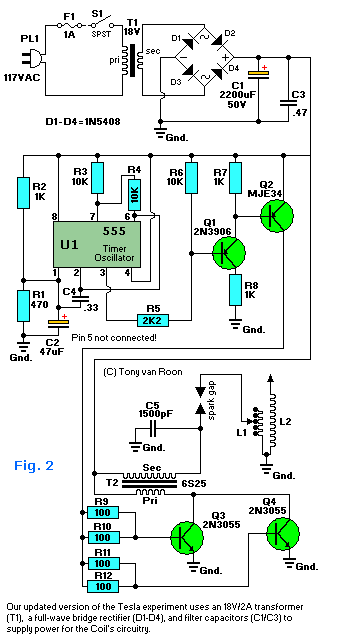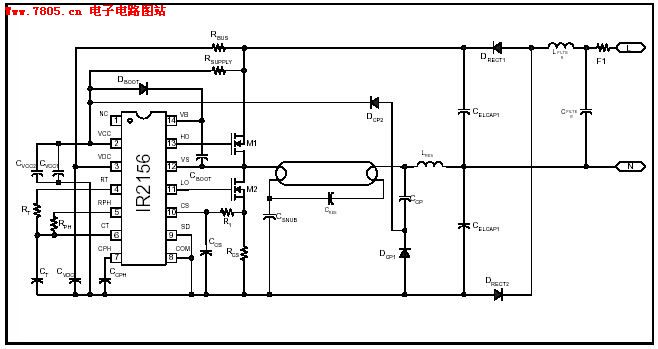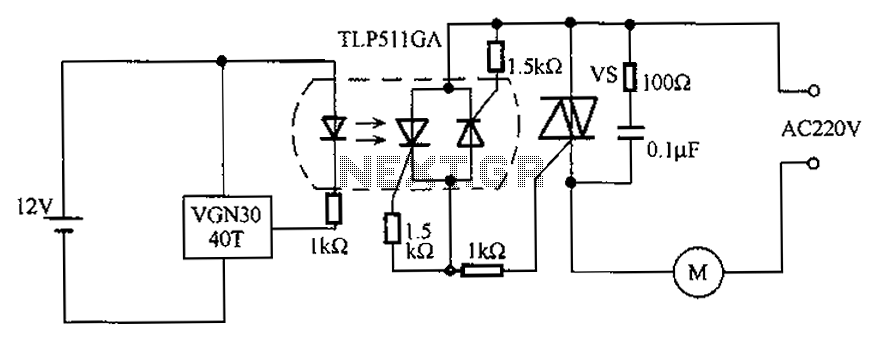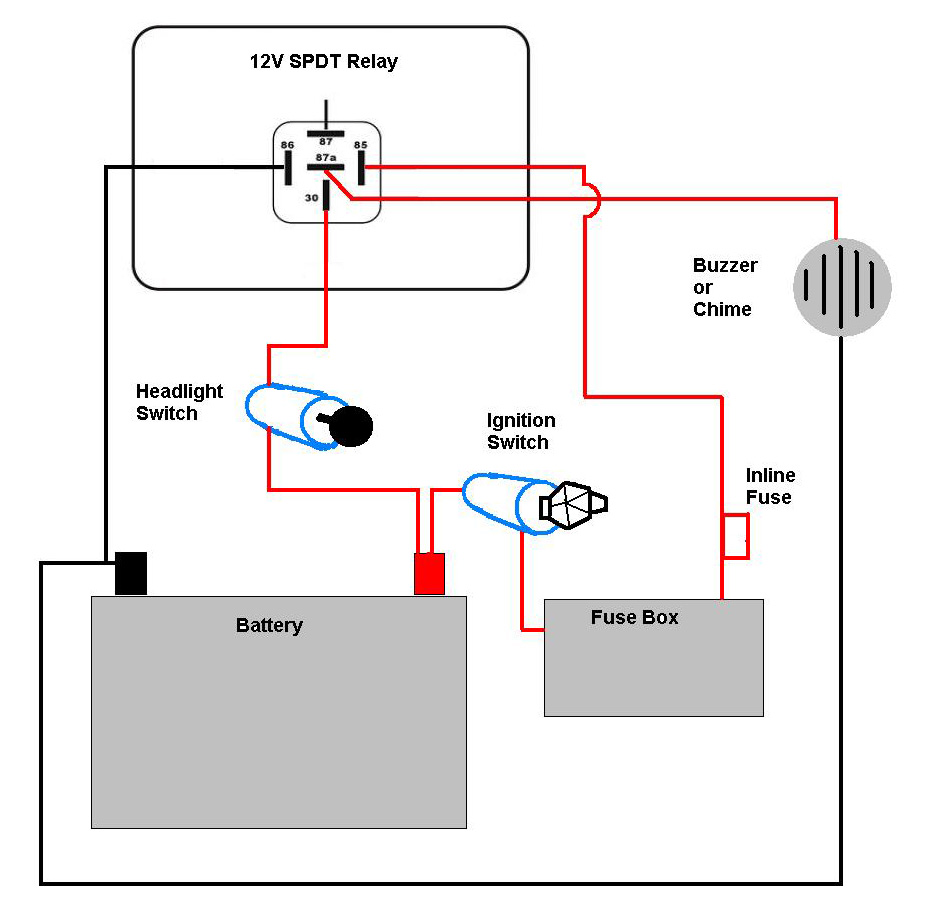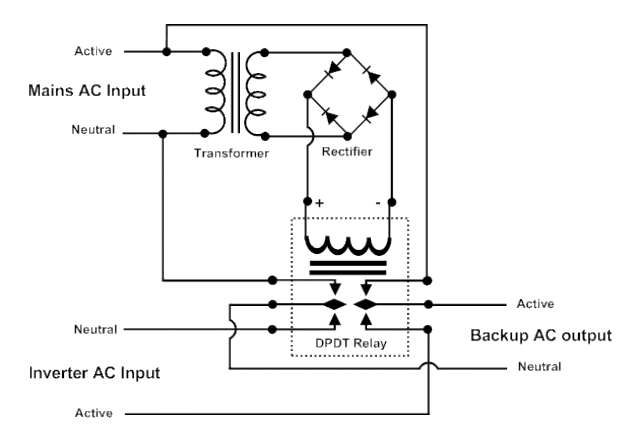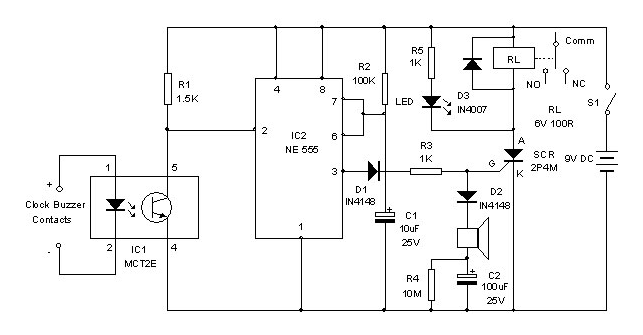
Integrated solid state relay
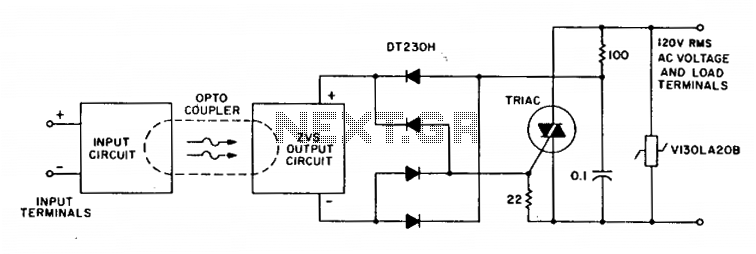
A complete zero-voltage switch solid-state relay consists of an input circuit, an output circuit, and a power thyristor. The circuit features a triac power thyristor with a snubber circuit and GE-MOVRII Vans for transient over-voltage protection. A 22-ohm resistor shunts di/dt currents that flow through the bridge diode capacitances from the triac gate, while a 100-ohm resistor limits surge and gate currents to safe levels. Although the illustrated circuits are designed for 120-V rms operation, relays intended for 220 V require components with higher voltage ratings for the MOV, rectifier diodes, triac, and pilot SCR.
The voltage divider responsible for sensing zero crossing must also be carefully selected to minimize power dissipation in the transistor optoisolator circuit for 220-V operation.
The zero-voltage switch solid-state relay is a critical component in various applications where precise control of AC loads is necessary. The design integrates an input circuit that typically includes a voltage divider to detect the zero crossing of the AC waveform. This detection is essential for ensuring that the power thyristor, specifically a triac in this case, is triggered at the optimal moment to minimize electrical noise and inrush current.
The output circuit comprises the power thyristor, which allows for the conduction of current when triggered. The inclusion of a snubber circuit is vital as it protects the triac from voltage spikes that can occur during switching. The GE-MOVRII Vans component serves as a transient over-voltage protector, safeguarding the circuit against voltage transients that could damage sensitive components.
The 22-ohm resistor is strategically placed to shunt di/dt currents, which are the rapid changes in current that can occur during switching events. This helps to protect the gate of the triac from excessive currents that could lead to premature failure. The 100-ohm resistor plays a critical role in limiting both surge and gate currents, ensuring that the triac operates within safe parameters.
For applications requiring 220 V operation, it is imperative to select components with appropriate voltage ratings. This includes the MOV, rectifier diodes, triac, and pilot SCR, all of which must withstand higher voltages to ensure reliable operation. The voltage divider used for zero-crossing detection must also be optimized to reduce power dissipation in the optoisolator, which is crucial for maintaining efficiency and performance in higher voltage applications.
Overall, the design and components of this zero-voltage switch solid-state relay allow for effective and efficient control of AC loads, making it suitable for various industrial and commercial applications.A complete zero-voltage switch solid-state relay contains an input circuit, an output circuit, and the power thyristor. The circuit illustrates a triac power thyristor with snubber circuit and GE-MOVRII Vans tor transient over-voltage protection.
The 22 ohm resistor shunts di/dt currents, passing through the bridge diode capacitances, from the triac gate, while the 100 ohm resistor limits surge and gate currents to safe levels. Although the circuits illustrated are for 120-V rms operation, relays that operate on 220 V require higher voltage ratings on the MOV, rectifier diodes, triac, and pilot SCR.
The voltage divider that senses zero crossing must also be selected to minimize power dissipation in the transistor optisolator circuit for 220-V operation. 🔗 External reference
The voltage divider responsible for sensing zero crossing must also be carefully selected to minimize power dissipation in the transistor optoisolator circuit for 220-V operation.
The zero-voltage switch solid-state relay is a critical component in various applications where precise control of AC loads is necessary. The design integrates an input circuit that typically includes a voltage divider to detect the zero crossing of the AC waveform. This detection is essential for ensuring that the power thyristor, specifically a triac in this case, is triggered at the optimal moment to minimize electrical noise and inrush current.
The output circuit comprises the power thyristor, which allows for the conduction of current when triggered. The inclusion of a snubber circuit is vital as it protects the triac from voltage spikes that can occur during switching. The GE-MOVRII Vans component serves as a transient over-voltage protector, safeguarding the circuit against voltage transients that could damage sensitive components.
The 22-ohm resistor is strategically placed to shunt di/dt currents, which are the rapid changes in current that can occur during switching events. This helps to protect the gate of the triac from excessive currents that could lead to premature failure. The 100-ohm resistor plays a critical role in limiting both surge and gate currents, ensuring that the triac operates within safe parameters.
For applications requiring 220 V operation, it is imperative to select components with appropriate voltage ratings. This includes the MOV, rectifier diodes, triac, and pilot SCR, all of which must withstand higher voltages to ensure reliable operation. The voltage divider used for zero-crossing detection must also be optimized to reduce power dissipation in the optoisolator, which is crucial for maintaining efficiency and performance in higher voltage applications.
Overall, the design and components of this zero-voltage switch solid-state relay allow for effective and efficient control of AC loads, making it suitable for various industrial and commercial applications.A complete zero-voltage switch solid-state relay contains an input circuit, an output circuit, and the power thyristor. The circuit illustrates a triac power thyristor with snubber circuit and GE-MOVRII Vans tor transient over-voltage protection.
The 22 ohm resistor shunts di/dt currents, passing through the bridge diode capacitances, from the triac gate, while the 100 ohm resistor limits surge and gate currents to safe levels. Although the circuits illustrated are for 120-V rms operation, relays that operate on 220 V require higher voltage ratings on the MOV, rectifier diodes, triac, and pilot SCR.
The voltage divider that senses zero crossing must also be selected to minimize power dissipation in the transistor optisolator circuit for 220-V operation. 🔗 External reference
